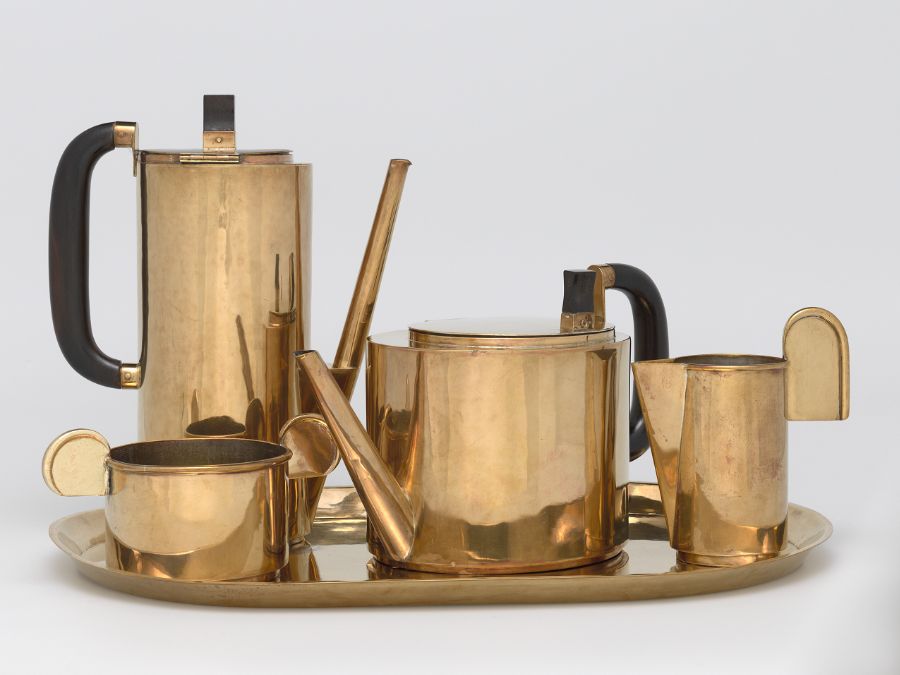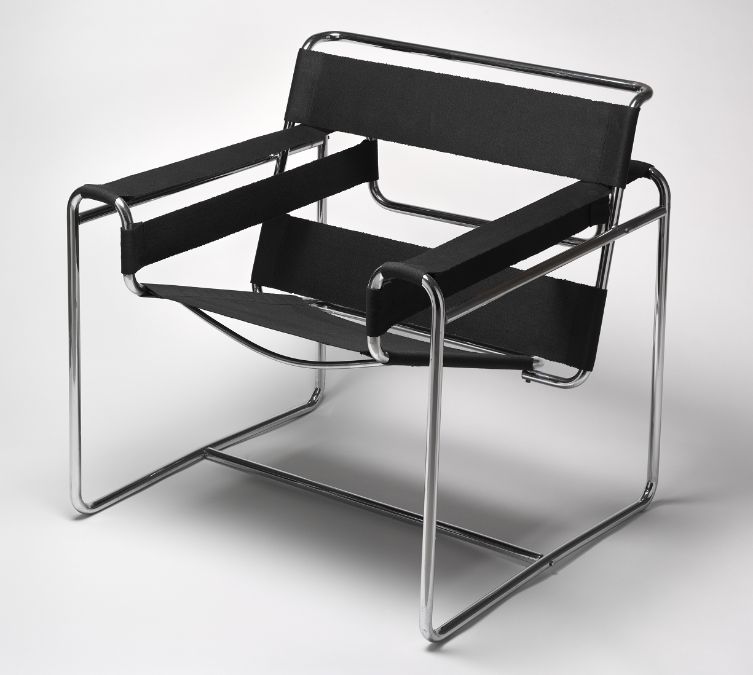
Even more than eighty years after its closure, the influence of the German Bauhaus art school remains palpable. Harvard University recently posted more than 32 000 digitized works from the renowned school on its website.

The Bauhaus is founded in 1919 by architect Walter Gropius. He envisions a utopian world in which artists, designers and craftsmen unite to work together. Workshops on almost every subject are organised, from architecture to weaving to graphic design. The school promotes hands-on production, close collaborations between artist and worker or teacher and student and technology driven industry.
After barely fourteen years, the Bauhaus is closed in 1933 under pressure from the Nazis. Still, it can look back on a rich history. The teachers roster includes among others painters Paul Klee, Wassily Kandinsky, László Moholy-Nagy and Lyonel Feininger and architect Marcel Breuer. Architect Ludwig Mies van der Rohe was the third and last director.


Bauhaus at Harvard University
Like many of his acquaintances, Walter Gropius departs to the United States before World War II. He leads the Harvard Graduate School of Design from 1937 to 1952. It was probably a good reason for many of his old friends to donate their work to Harvard’s Busch-Reisinger Museum.
Over 32 000 of the pieces of art in this Harvard Bauhaus collection have now been made digitally available. They include paintings, photographs, ceramics, textiles and metalwork. These items mostly show that Bauhaus isn’t just about primary colors and minimalist glass, steel and concrete. The digitization of the collection is part of the preparations for a Harvard exhibition. 2019 is the centenary of the foundation of the Bauhaus, the most influential design school of the twentieth century.



More Bauhaus online
Following classes at the Bauhaus is unfortunately no longer possible. However, the books that were used to do this have been preserved and even made available online. Here you will find courses from people including Walter Gropius himself, Paul Klee, Theo van Doesburg, Wassily Kandinsky and Piet Mondrian. The Zentrum Paul Klee also put almost 3900 pages from painter Paul Klee’s personal notebooks, which he used for the lessons he gave at the Bauhaus between 1921 and 1931, on its website.
Still not convinced about Bauhaus’s influence on modern day design? Have a look at the examples below!

